
Monika Bincsik’s scholarship and exhibitions explore the shifting dynamics of society, politics, material culture and tradition through Japanese decorative arts.
“As a curator, I’m fascinated by the objects and the stories they tell about the people who made them, who owned them, handled them, collected them and appreciated their beauty,” she says. “I love crafting exhibitions where I can create visual narratives with artworks, and bring them alive in various contexts.” In her publications Bincsik has covered various aspects of lacquer, ceramic, textile and bamboo art, often creating new pathways for the Western audience to approach these art forms.
Bincsik’s ability to articulate the nuances of materiality and the impact of wider cultural forces has set her work apart and forged new frameworks for the exhibition and study of Japanese decorative arts and textiles. Her projects have helped to emphasize the role and significance of these art forms and opened up new possibilities for their interpretation.

Scholarship and early work
Bincsik became enamored with Japanese decorative arts and their collecting history while completing her PhD in art history at ELTE Budapest University in Hungary. From 2000 to 2002, she received a prestigious Monbushō scholarship from the Japanese Ministry of Education, Culture, Sports, Science and Technology and studied at Kyoto University. While in Kyoto, Bincsik also studied with Haino Akio, curator at the Kyoto National Museum. After pursuing museum work in Budapest and at The Met, she undertook research work in Japanese lacquer and other decorative arts at Ritsumeikan University, in Kyoto, where she subsequently earned a PhD in the humanities and art history, focusing her scholarship on Japanese lacquer.
Bincsik’s work brings together elements of traditional Japanese connoisseurship and academic research with Western methods and museum practices. Her approach is object based; the careful analysis and understanding of the work is the basis of her research and gallery presentation. Japan has an exceptionally rich and diverse culture of decorative arts and textiles, which is based on complex networks of makers, workshops producing tools and materials, modes of thought and appreciation, as well as a sophisticated system of consumers and collectors.
In her scholarship Bincsik aims to reveal not only the production techniques and the circumstances of making the object but also the related human interactions and their sociocultural structure. Most of the decorative art objects and dresses were integral elements of daily life in Japan while they are also carriers of identity and knowledge. Bincsik is fascinated by the complex interplays of Japanese and international political, social and economic circumstances that define material culture, and she is committed to bring these to life in her exhibitions and publications.
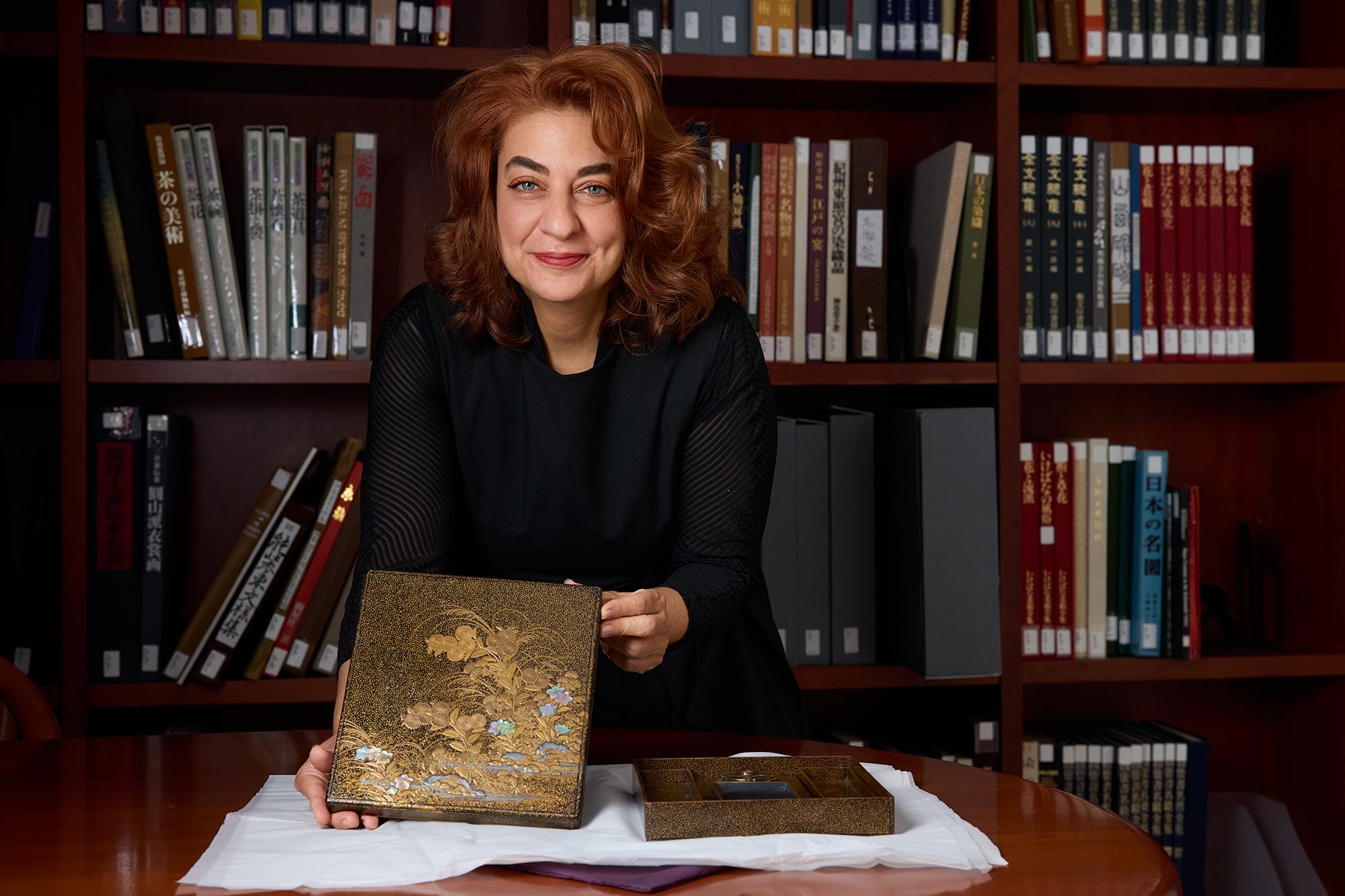
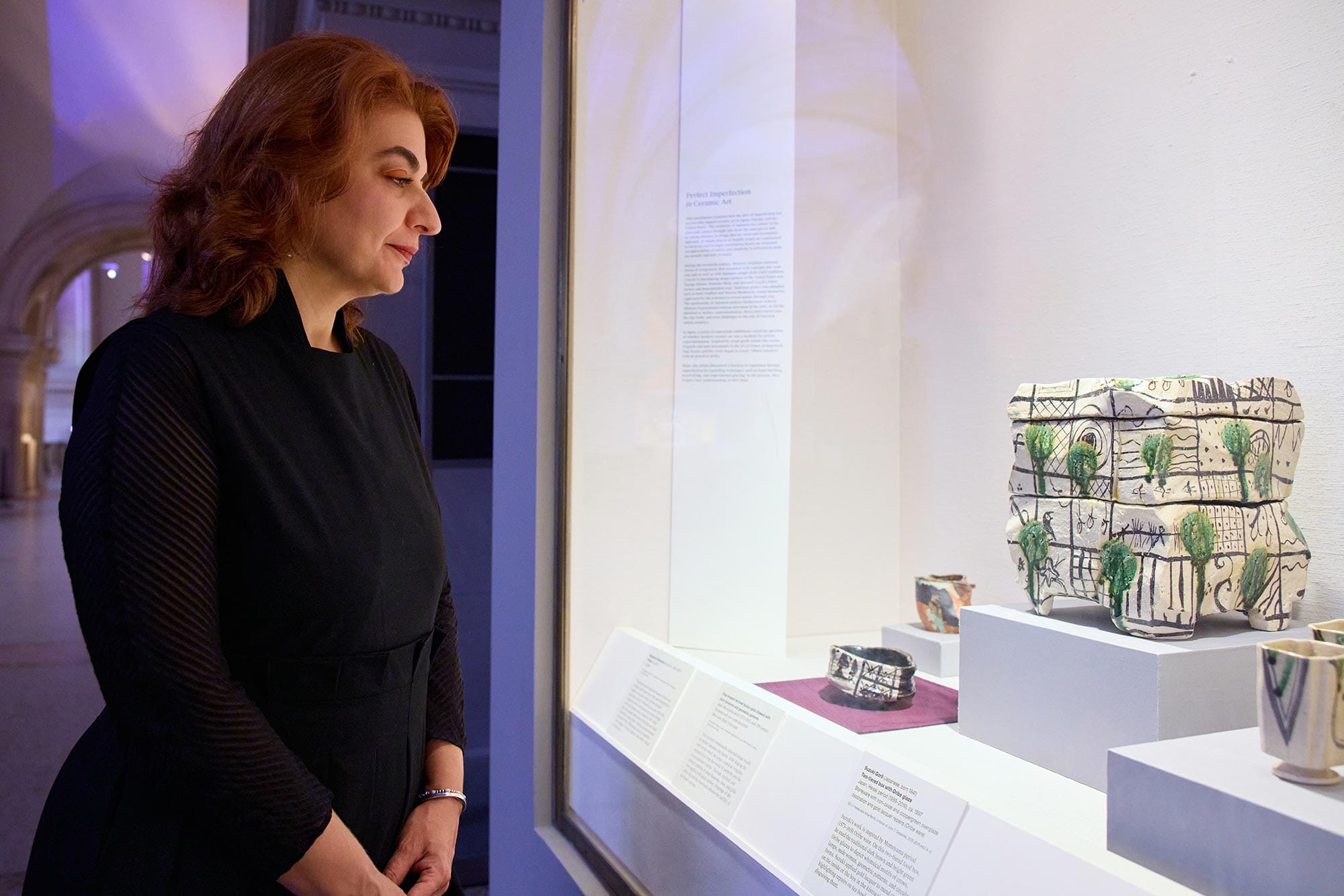

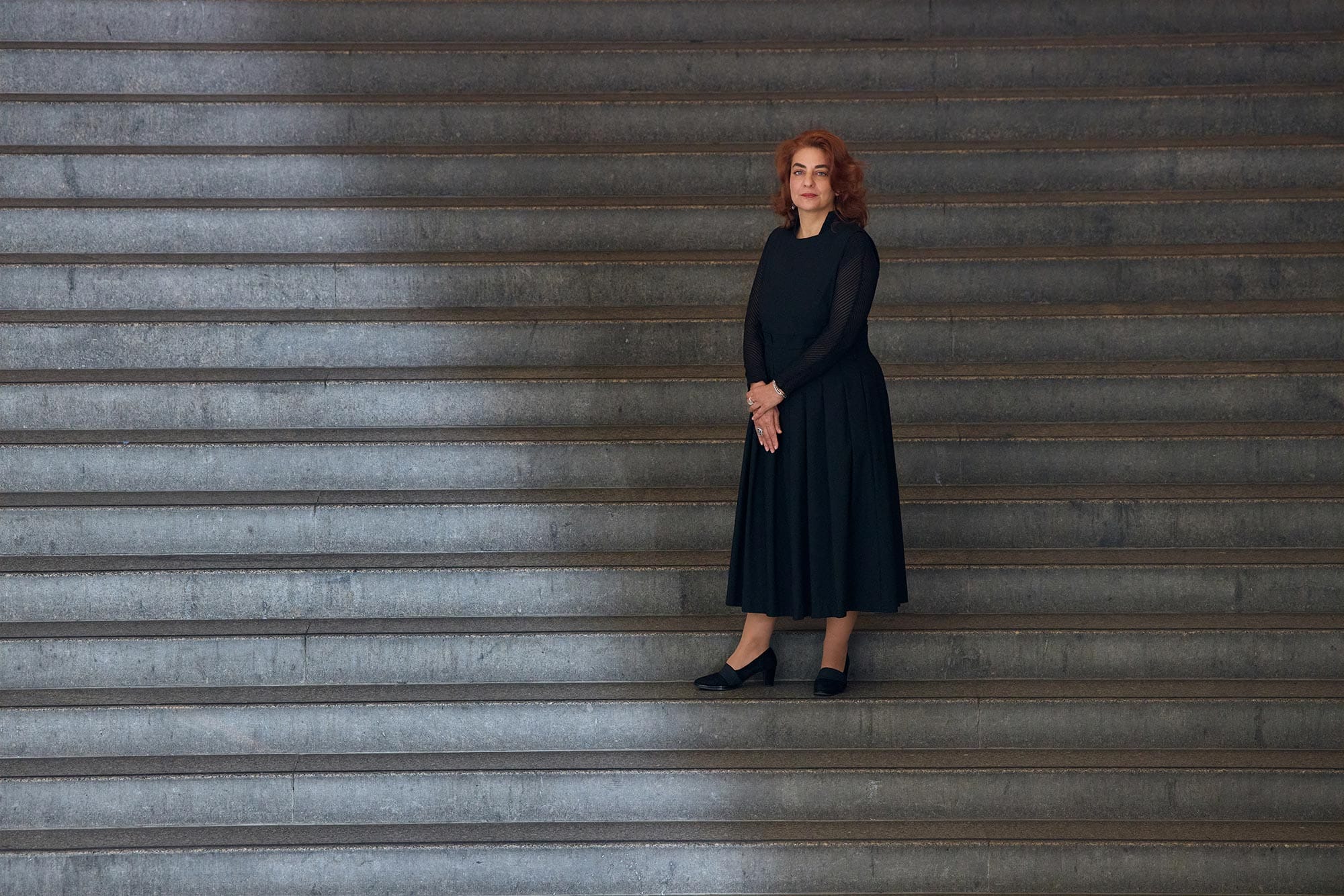




Japanese Bamboo Art
In the first major exhibition she curated for The Metropolitan Museum of Art in 2017, “Japanese Bamboo Art: The Abbey Collection,” Bincsik highlighted the history of Japanese bamboo art, focusing on objects promised to the museum from the collection of Diane and Arthur Abbey. One of the unique aspects of the exhibition was the presentation of bamboo works juxtaposed with paintings, ceramics, lacquers and textiles, creating a new approach to the understanding of the significance of bamboo in Japanese art. The display shed light on the stylistic differences of production areas and family lineages of well-known makers, as well as the use and appreciation of the works within the context of the art of flower arrangement (ikebana) and tea culture, including Chinese-style tea (sencha). The exhibition also included contemporary abstract sculptural bamboo works to demonstrate the creativity of living artists using traditional techniques and materials.
The expertise Bincsik brought to the exhibition led the Abbeys to endow a new curatorship in Japanese decorative arts in the museum’s Department of Asian Art, a role that Bincsik now holds with the museum.

Exhibitions and leadership
Bincsik’s subsequent exhibitions and publications, including “Kyoto: Capital of Artistic Imagination” (2019) and Kimono Style: Edo Traditions to Modern Design (2022), further spotlight her keen ability to weave compelling narratives that make complex concepts accessible to viewers. In the Kyoto exhibition Bincsik focused on the main turning points of the rich history of the city through the lens of decorative arts and introduced the vibrant cultural life showcasing the activities of lacquer workshops, ceramic kilns, textile shops, market districts and tea culture. “Kimono Style: The John C. Weber Collection” was a collaborative project with The Met’s Costume Institute to trace the transformation of the kimono from the 18th through the early 20th century, as the T-shaped garment was adapted to suit the lifestyle of modern Japanese women. The exhibition also explored the mutual artistic exchanges between the kimono and Western fashion, highlighting the impact of Western art and clothing on kimono design. The new approach facilitated the understanding of kimono within the framework of fashion and attracted a new audience to the Arts of Japan Gallery.
Related News
Vilcek Foundation Awards $100,000 Art History Prize to Francesca Du Brock
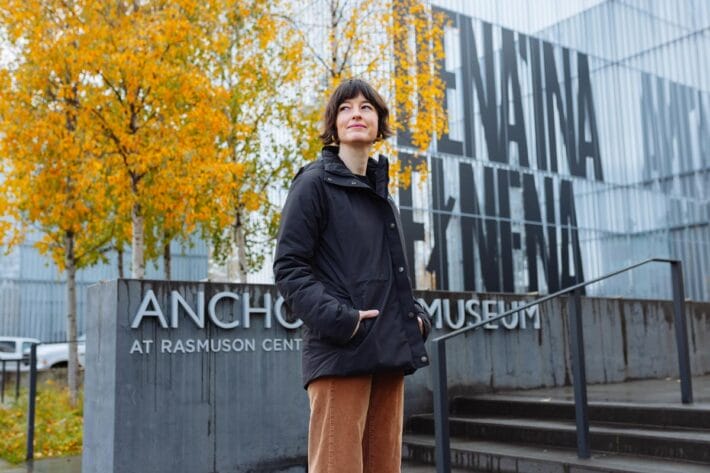
Francesca Du Brock: Curating Alaska

Pierre Terjanian: Armor, histories and the human condition
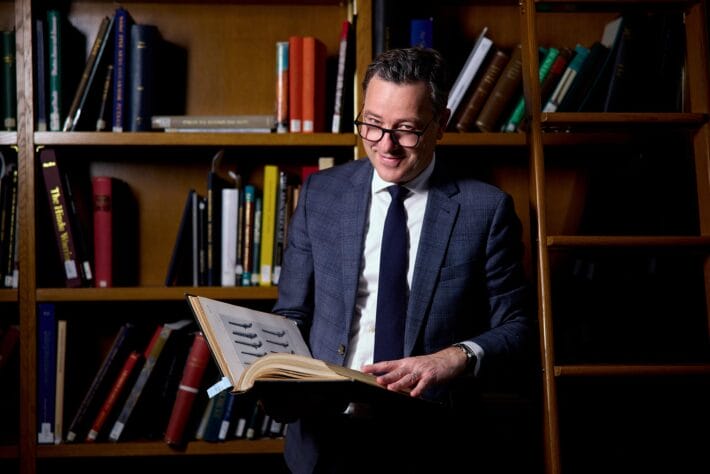
You may also be interested in
Monika Bincsik

Pierre Terjanian

Andrew Bolton
